Tbilisi metro — the first in the Caucasus and the forth in the USSR
The Tbilisi’s metro was the 4th in series of metro systems to be put in operation in the USSR after Moscow’s, Leningrad’s and Kiev’s. It was accepted into commission on 11 January 1966.
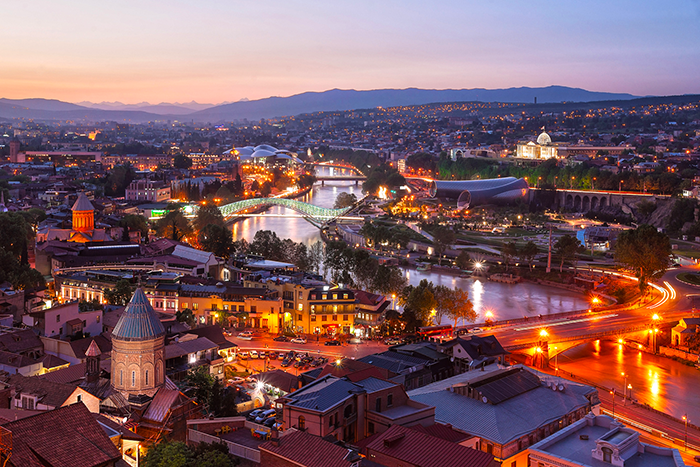
The city of Tbilisi, Georgia. Source: wowsales2005.35photo.ru
Background information:
Population: 1.19 million people
Passenger traffic: about 300,000 per day
Total length: 26.3 km
Stations: 22
Lines: 2
Began operation: 11 January 1966
Public transportation in Tbilisi
Tbilisi is the largest city in Georgia. It is also one of the oldest and most beautiful cities in the world, founded in the V century by the King Vakhtang I Gorgasali, loved by people and the first to promote the Georgian statehood. The modern transportation system in Georgia is well-developed and comprises the water, road and rail transport. The international airport is situated in the capital. The city transport includes autobus, metro system and fixed-route taxi-bus.
At present, the metro system of Tbilisi has two underground lines with 22 stations in total. The most of the stations are deep stations, 3 are shallow and there are some sections which run on the surface. The Tbilisi Transport Company operates the metro and the buses in the city.
Tbilisi metro operating hours : 06:00 – 24:00
History of the construction
In 1952, the construction work started. The enthusiasm of the First Secretary of the Central Committee of the Communist Party of Georgia Vasily Mzhavanadze helped to implement the idea of metro construction in the city where the population was only 600,000 people at that time, while the general Soviet policy was to build metro in the cities with the population over 1 million.
Favourable geological conditions together with the location of the city along the bed of the river Kury facilitated the implementation. According to the project design the interiors of the metro station in Tbilisi should have been as rich as the interiors of the Moscow metro.

The metro station Rustaveli, entrance hall
However, the lack of funding caused the pause in the construction and further re-development of the project towards modest interior design. In 1966, the first section was commissioned, it was the part of Akhmeteli–Varketili Line and it included 6 stations: Rustaveli, Mardjinishvili, Vokzalnaya Ploshad, Oktyabrskaya (later Nadzaladevi), Elektrodepo and Didube.
In 1967, the second section was commissioned with three more stations. The second line was named Saburtalo, at first it was planned as a branch of the first line, but the decision was made to construct it as separate the second line. In 1979, five more stations were added.
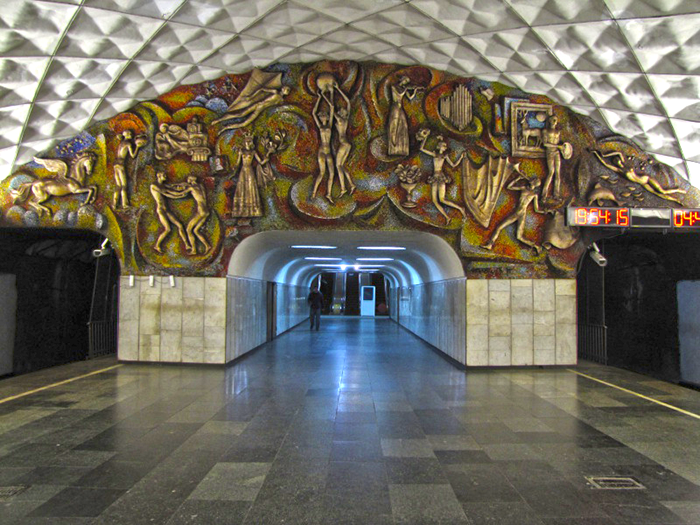
The metro station Tekhnikuri Universiteti
In late 80s of the XХ century, the metro system of Tbilisi comprised 2 lines with 21 stations in total. In the next 15 years, it did not develop properly, no new objects were constructed and only in 2002 the first new station was opened. Recently the series of actions were taken for the technical maintenance of the metro objects. In general, the image of the metro inside was still preserved as it was formed during the Soviet Era.
The cost of the ride in metro of Tbilisi is about 50 tetri (about 20 cents). The ticket is valid for the bus during 1.5 hours since the purchase as well.
Since its opening and until 2010, the metro operated with the special tokens as the tickets. Now the plastic cards Metromoney are in use.
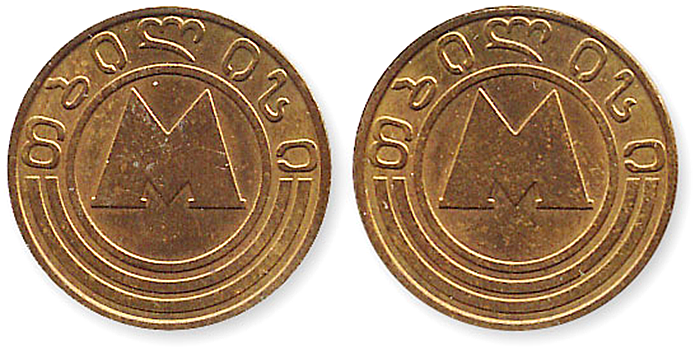
Tbilisi metro tokens
Rolling stock
The trains in metro of Tbilisi has 3-4 cars only. The cars were manufactured at the Leningradsky vagonostroitelny plant in St Petersburg, Russia, or Mytischenskiy plant in Moscow area, Russia. They were modified according to the designs of the Prague metro cars and became more comfortable. There are two depots for their maintenance Nadzaladevi and Gldani.
The stations are announced in two languages — Georgian and English. Time intervals are from 2.5 minutes in the rush hours up to 12 minutes.
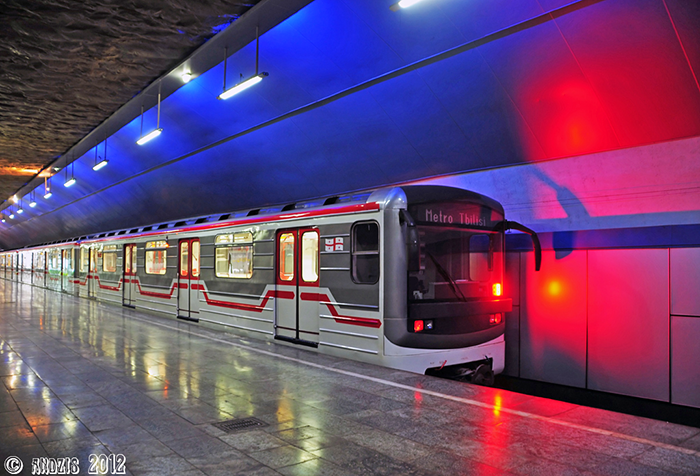
The rolling stock — Tbilisi metro
Tbilisi metro lines and stations
- Akhmeteli–Varketili Line — the first and main line with the total length of 19. 6 km, there are 16 stations, two of them are located above the grounds. The line runs from the North to the South of the city. It is marked red on the map.
- Saburtalo line — the second line connects the Railway in the center of the city and the Western part of it. The total length is about 7 km and there are 6 stations, 3 of them are shallow.
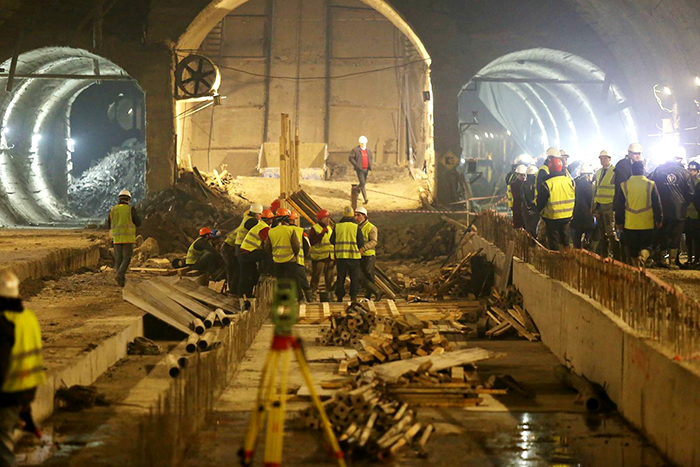
Construction of the new stations in Tbilisi. Source: skyscrapercity.com
Future plans
Currently the Tbilisi metro system is ranked at the eighth position among the countries in the territory of the former USSR. During the Soviet time, the project of the third line was developed with 10 stations and 8 km long. Three stations were planned to be interchange stations. Unfortunately, these plans were never implemented. Although some new plans were developed.
In the nearest future three new stations will be completed at the main line, also the end station of the second line, which stayed unfinished for 23 years, will be completed. The Spanish group KOBRA ASSIGNIA implements the construction work. The capital of Georgia develops rapidly and the plans include the construction of the new metro stations.
Additional articles
Select an article of interest:
Mongolia designs new railway “Bohdan”
March 1, 2022
The construction of largest hydraulic tunnel has begun in Qatar
February 28, 2022
JSC "VO "Mashinoimport" supplied escalators for the Novosibirsk metro
December 22, 2021
Russian city Samara plans to build a metro
December 17, 2021
Tell us about our article to your friends,
sharing a link in a social network















Comments (0)
I hereby confirm that I am familiar with the privacy policy of
and agree to the processing of personal data. Read more